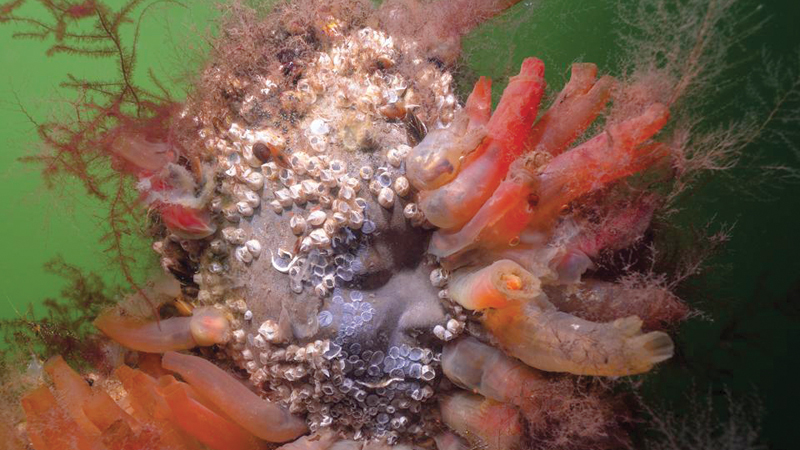


Nature is pure art. If so, what about art inspired by nature? Yet another aspect of nature. Using such art to create awareness about the need to protect nature is nothing but a noble endeavour. Coral reef art gains great significance in this context as an effective medium to create environmental awareness.
Artists such as Jason deCaires Taylor and a few organisations have been passionate about coral reef art as an effective medium to support and sustain marine life.
We may note that coral reefs — vibrant ecosystems that are home to as many as 25 per cent of all marine life — are on the decline. The decay is attributed to several factors including the increasing degree of ocean acidification, and Industrial Revolution is considered a main culprit. Rising sea temperatures, pollution and overfishing all pose a threat to coral reefs. We have lost over 40 per cent of coral reefs over the past few decades, and by 2050 scientists expect the loss to be 80 per cent.
Taylor creates artificial reef sculptures that are installed underwater. Made of non-toxic, pH neutral cement, they merge with the marine ecosystem over time. The rough texture of the sculpture helps coral larvae to thrive, while nooks and holes in them provide shelter to fish and crustaceans. At another level, these sculpture installations allow marine scientists to study the development of the ecosystem from the beginning.
Individual projects apart, there are mighty organisations that work towards protecting coral reefs. Reef Ecologic is a non-profit that was involved in the repair of the Great Barrier Reef off of the East Coast of Australia after it was damaged by Cyclone Debbie. Its Whitsundays Reef Recovery and Public Art Project uses the concept of underwater sculpture to encourage public conversation on the degrading marine ecosystem.
Science without borders challenge is another project aimed at protecting coral reefs. This international art contest encourages students to promote the need to preserve, protect, and restore the world’s marine environments. The 2020 edition of the challenge has as its theme “Take Action: Conserve Coral Reefs.”
We see several such coral reef art projects and underwater museums and parks across the world, all aimed at protecting and restoring marine ecosystems and enhance marine literacy.
The Sultanate is yet to have such underwater eco-sculptures and museums, but there are great efforts at the government level focused on protecting its marine environment and resources.
The Ministry of Agriculture and Fisheries’ recently inaugurated artificial coral reef project — huge artificial underwater farm — located off Suwaiq coast on an area of 20x7km, 15-30m under water, is expected to offer a thriving environment for fish.
The Suwaiq Marine Farm Artificial Reef Complex, being set up in association with a leading Korean firm, will have 4,280 landing units of industrial reefs. The project promises great tourism value and will benefit local fishermen.
According to officials, the project has great potential to boost the Sultanate’s GDP and enhance the country’s eco-tourism prospects by developing as an ideal tourist destination for international visitors for fishing, snorkelling and diving activities.
The ministry has already successfully implemented as many as 14 industrial reef projects consisting of 13,890 reef units across the Sultanate. The next step, obviously, is marine art installations at some of Oman’s bewitching marine locations that would not only nurture the marine environment, but increase public awareness about the threat to the same. After all, how long can we, the people, remain passive to environmental degradation?
Oman Observer is now on the WhatsApp channel. Click here



